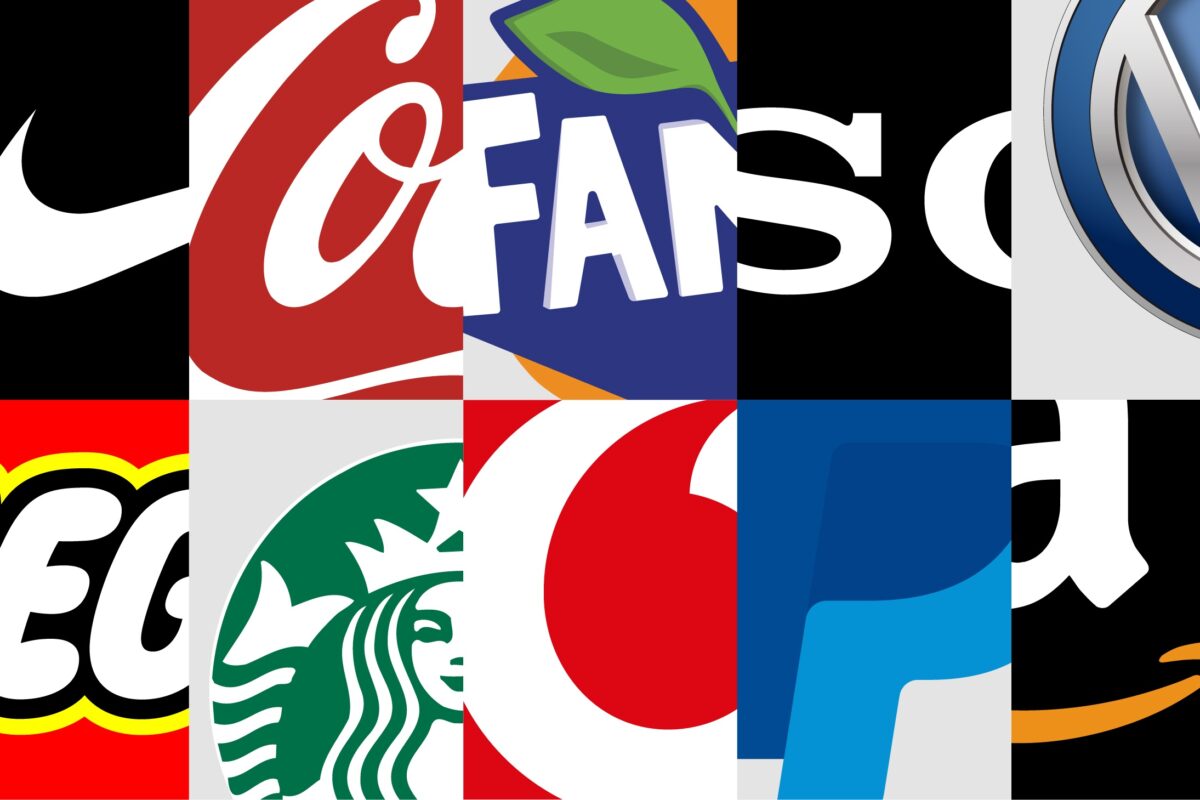High-fructose corn syrup is getting a bad name. Hunt’s ketchup is the latest product to replace corn syrup with old-fashioned sugar.
Gatorade, Wheat Thins, Ocean Spray cranberry juice and all the baked goods at Starbucks are now made with regular sugar. In New York State, a bill to ban the sale of food containing high-fructose corn syrup was introduced this year.
One analyst estimates that U.S sales of high-fructose corn syrup were down 9% in 2009 compared with 2007. A further fall is expected this year.
This decline has taken place in spite of a two-year $30 million “Sweet Surprise” advertising campaign sponsored by the Corn Refiners Association. The campaign highlights what the association says are vague and unsubstantiated opinions.
Most experts agree. “Leading scientists,” reported The New York Times, “say that the product, made when various chemicals convert corn starch into syrup, is not any worse than sugar. Both sweeteners are made up of roughly equal amounts of glucose and fructose, they say.”
Ironically, what happens in a modern corn-refining plant is exactly what happens in your mouth, where an enzyme breaks up starch into sucrose, glucose and fructose.
Not A New Problem
Back in the mid-1970s, we were working with CPC International (formerly Corn Products Co.). Back then, the company was planning an assault on the enormous sweetener market with a product called “55% high-fructose corn syrup.”
Replacing sugar in carbonated drinks was the ultimate objective.
Wait a minute, we said. That name is going to cause you problems. Why don’t you call it “corn sugar”?
So we helped the client launch a series of trade advertisements promoting the corn-sugar concept. “Consider all three types of sugar,” said one headline. The copy outlined the advantages of corn sugar over cane sugar and beet sugar.
We even had informal discussions with Food and Drug Administration officials in Washington. You can’t call it sugar, we were firmly told. So then a beverage company could use high-fructose corn syrup and advertise its products as “sugar free?” (Government officials don’t like smart-aleck comments from their subjects.)
Even without a name change, the economics of high-fructose corn syrup were so clear-cut that the product slowly captured a large share of the food and beverage sweetener business.
A few ads weren’t going to change a category name overnight. It would have taken a major effort by CPC and the other corn-syrup producers to convince the FDA of the logic of the “corn sugar” name.
Even today, thanks to the objections of the Sugar Association, the FDA is resisting a simple name change from “high-fructose corn syrup” to “corn syrup.”
But the broader lesson is the importance of the category name itself.
Every brand has two names: a brand name and a category name. It’s not just Kleenex, it’s Kleenex tissue.
Too many marketing people take the category name as a “given.” All of their efforts are spent on promoting the brand, not the category name. Yet over time, the category name can be an extremely important element in the success of a brand.
Diet Cola vs. Light Beer
About 70% of carbonated beverages sold in America are regular-calorie products. Only about 30% are “diet” products.
Beer is different. Today, regular beer accounts for about 40% of the U.S. market and “light” beer accounts for about 60%.
Light beer is a roaring success. Diet cola and the other diet beverages are not.
One reason for the difference is the category names. Calling a product a “diet” cola screams out loud and clear, “You’re not going to like the taste.”
Calling a product a “light” beer sends a different message, a message that can be twisted into a benefit. With a light beer, you can drink more of the product, as exploited in the famous Miller Lite campaign: “Tastes great. Less filling.”
(Outside the U.S., realizing their mistake, the major cola companies are using “light” as the category name and not “diet.” As in “Coca-Cola Light.”)
For corn-syrup producers, the high-fructose name was a time bomb. It has taken decades for the bad name to start to sabotage the category.
For cola producers, the diet-cola name is a time bomb, too. It has also taken decades for the bad name to start to sabotage the category. Ever since 2003, per-capita consumption of carbonated soft drinks (primarily colas) has been declining about 2% a year.
The existence of diet colas sends a dual message to consumers, both of which are negative: (1) There are too many calories in regular colas. (2) Diet colas don’t taste as good as regular cola.
Suppose Anheuser-Busch had called its leading brand “Diet Budweiser.”
Joe Sixpack would have had a heart attack.
Yet few marketing experts agree with this analysis. On the 25th anniversary of Diet Coke, one journalist reported: “So well did Diet Coke hit the mark that it is now a business-school textbook case study, as the most valuable extension in marketing history and the most-successful launch in beverage history.”
The Importance Of The Category Name
Marketing people often overlook the importance of the category name (as opposed to the importance of the brand name).
The most successful product launches are those that combine the two. A new brand name and a new category name. And each name should be different and distinctive.
Gatorade = sports drink.
Red Bull = energy drink.
Propel = fitness drink.
BlackBerry = wireless e-mail.
IPod = high-capacity MP3 player.
A new brand cannot be successful unless the category is successful, too.
Take Apple’s introduction of Apple TV. The brand name is Apple, but what’s the category? Apple didn’t say. Instead it touted the marvelous things you could do with the product, including watching movies, TV shows, podcasts and YouTube videos as well as playing music and displaying photos.
Some commentators called Apple TV a “digital multimedia receiver,” a name that doesn’t exactly flow easily from the tongue.
Take Apple’s introduction of the iPad, which I happen to think is going to be a lot more successful than Apple TV. But again, what’s the category? Apple doesn’t say.
Take the History Channel, which has just changed its name to “History.” What category does the brand aspire to dominate? The history category? A category that includes books, movies, museums, educational courses and degrees, among many other things.
Consider the advertisement Buick has been running comparing the Buick Enclave FWD with the Lexus RX FWD. Naturally, Buick wins the head-to-head comparison. But what consumer will bother to read the ad? Most car buyers consider a Lexus to be in a different category than a Buick. (An apple might be cheaper than an orange, but I don’t buy apples when I’m shopping for oranges.)
Sony has just introduced the Dash, a $200 device being marketed as a “personal internet viewer.” It combines an alarm clock, a picture frame, a video player and an internet radio set, among other things.
A personal internet viewer? I thought a laptop computer was a personal internet viewer.
Defining The Category In Simple Terms
History has shown that if you can’t define your category in simple, easy-to-remember terms, the product is likely to fail. The category name doesn’t necessarily have to mean much of anything as long as it is simple and implies a benefit.
Activia has built a strong brand with its “probiotic” yogurt, which is said to improve digestive tract function. Launched in the U.S. market in January 2006, the brand posted $130 million in sales the first year. Activia is now one of the three best-selling yogurts. (“Probiotic” sounds like a benefit. “High fructose” sounds dangerous.)
Dyson is another good example of a “category” success. Just three years after its 2002 introduction into the American market, Dyson became the leading vacuum-cleaner brand in dollar sales with 21% of the market as compared with long-time leader Hoover, which had 16%.
What’s a Dyson? “The vacuum cleaner that never loses suction.”
In other words, now there are two vacuum-cleaner categories: those that lose suction and those that don’t.
Brand agnostics always claim it’s the product, never the brand, that determines success or failure. They should check Consumer Reports’ latest vacuum-cleaner ratings. The top two models as well as five of the top nine models are Hoovers.
The top Dyson model ranked No. 10.
As the magazine points out, “high-priced, feature-laden machines don’t necessarily clean better.” On the other hand, high-priced, feature-laden machines make better brands.
The Rise And Fall Of ‘Infoimaging’
Back in 2001, Kodak tried to save its brand by inventing a category called “infoimaging.”
“We believe a $225 billion business needs a name,” said the Kodak ads. “Infoimaging,” according to the company, “represents the convergence of traditional information and imaging technologies.”
Maybe Kodak could have called its new device a PIA, a “personal infoimaging assistant.”
Then there’s Nokia, a company trying to move its leading cellphone brand into a smartphone brand. Actually, Nokia is still the leading global smartphone brand, but its leadership is fading fast. BlackBerry and the iPhone, in my opinion, are going to emerge as smartphone category leaders.
If you want to win big in today’s overcommunicated society, you need both: a new brand name and a new category name.
And both names better be simple.
The Blake Project Can Help: The Brand Positioning Workshop
Branding Strategy Insider is a service of The Blake Project: A strategic brand consultancy specializing in Brand Research, Brand Strategy, Brand Licensing and Brand Education





2 comments
Wilson
June 10, 2010 at 4:44 pm
It’s so important for consumers to look behind the labels, but not in the way you think. There is so much fear mongering and “don’t buy products with ingredients with funny names” ignores advances in food science—and the fact that the labels may just be coming from the FDA. What is high fructose corn syrup? It’s a sugar. Consumers should look past labels—and fearmongering. Neither helps Americans lead healthier lives.
Barb
June 11, 2010 at 12:21 am
I realize that this post is not an argument for high fructose corn syrup, though it does seem pro-HFCS.
I just wonder, if “what happens in a modern corn-refining plant is exactly what happens in your mouth”, then what happens after *that* gets in your mouth?
Also, the commercials say that HFCS is okay “in moderation”. However, sadly, there’s HFCS is so many of the processed foods that Americans eat that it just is not in moderation.
I agree with Wilson that consumers should look past fearmongering, but they should also educate themselves about what’s truly in the products they buy, whether it’s food they ingest, products they put on their bodies or things they use in their homes.
Comments are closed.